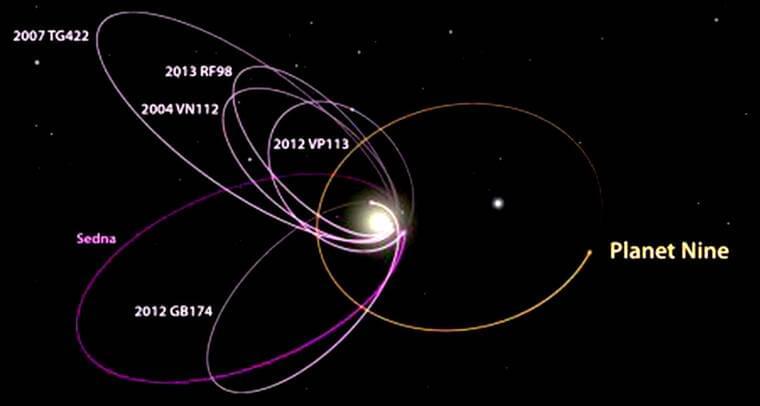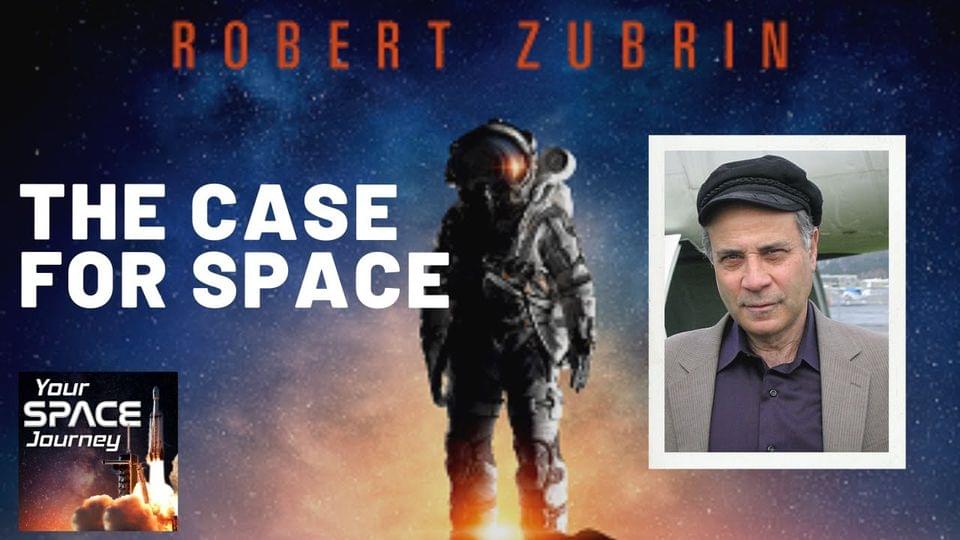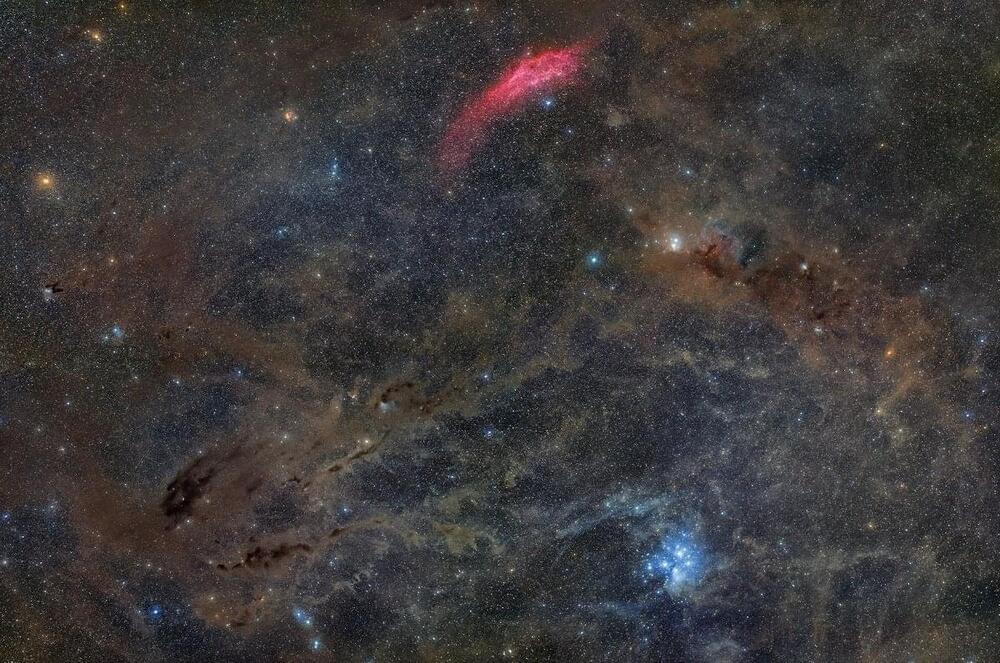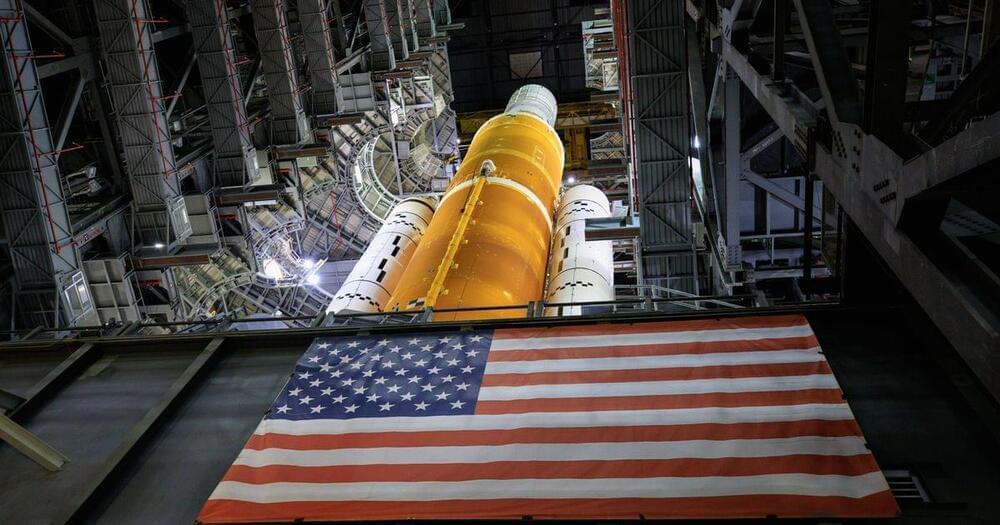The space station has been showing its age, with new damage and other signs of wear being found in various modules. Most recently, Russian cosmonauts spotted about half a dozen new cracks in their Zarya module. And while both NASA and Roscosmos say the cracks don’t pose a threat to crewmembers, Insider reports that Shepherd spoke to a House of Representatives committee on Tuesday, telling the lawmakers that they need to pay attention to the possible hazard, which he called a “serious problem.”
NASA is currently trying to secure another four years’ worth of funding for the ISS, which would allow it to keep the orbital outpost running until 2,028 according to Insider. But Shepherd says NASA would be unwise to do so before actually investigating these cracks to determine not only how bad they are today but whether they’ll continue to get worse, as Russian officials have warned they might.
“Getting to the bottom of this is a fairly serious issue,” Shepherd told Congress. “I don’t think the station’s in any immediate danger. But before we clear the station for another so many years of operational use, we should better understand this.”







